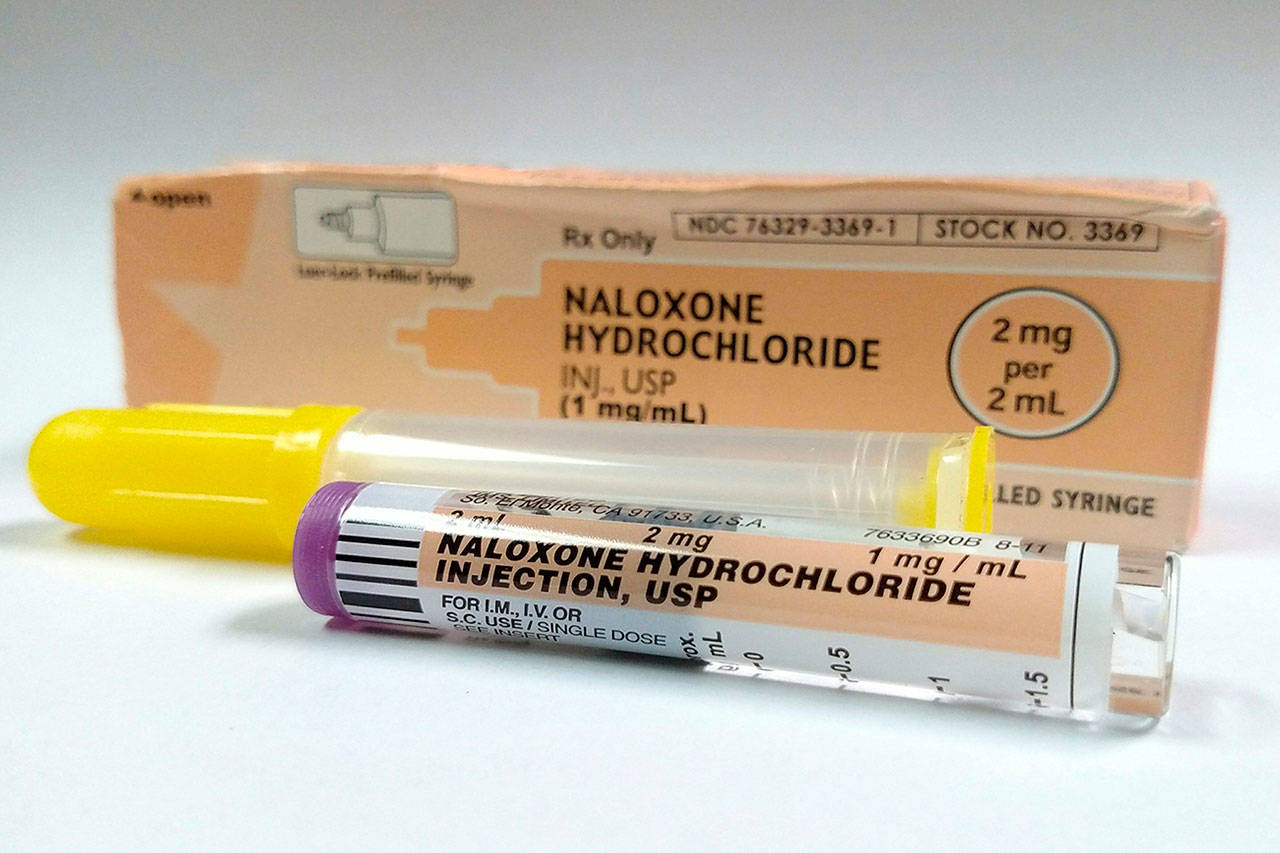Yesterday the U.S. Surgeon General issued an advisory urging more Americans to carry naloxone, a medication that can save lives by reversing the effects of an opioid overdose. Washington State Department of Health wants Washingtonians to know how families and friends of people at risk for overdose can get naloxone.
Naloxone is carried by many first responders, such as EMTs and police officers, but the advisory and state health officials urge more people, including family, friends and those who are personally at risk for an opioid overdose, to learn how to get and to keep the drug on hand.
“Like many states, Washington is in the midst of an opioid epidemic,” says Washington’s Secretary of Health, John Wiesman. “As we work to address this complex problem we must make sure the people struggling with opioid use have services and medicine that can literally save their lives.”
One of the important goals in Washington’s Opioid Response Plan is to increase naloxone distribution (an overdose-reversing drug) to first responders, family and friends, and other community members in affected areas, as policies permit.
Some important progress has been made in Washington, including:
- In 2016, 690 overdoses were reversed using naloxone (it’s likely that many more overdoses were reversed and not reported.)
- 3,640 naloxone kits, were distributed by 14 syringe service programs in Washington.
- The number of people who participate in syringe service programs and who reported having a naloxone kit in the last three months has more than doubled from 22% in 2015 to slightly over 50% in 2017.
- At least 1,600 kits of naloxone were distributed through more than 100 pharmacies, including all Walgreens, Safeway and Albertsons stores.
It is important to know the symptoms of opioid overdose, and how to use naloxone. Other emergency measures, such as calling 911, should be learned by people who carry naloxone. Washington has a Good Samaritan Law to protect people who intervene in an overdose. For information on prevention, treatment, and other resources, and to learn how Washington is using the “Hub and Spoke” model to combat the opioid epidemic, visit Governor Inslee’s blog.
The DOH website is your source for a healthy dose of information. Find us on Facebookand follow us on Twitter. Sign up for the DOH blog, Public Health Connection.


